Fujifilm FinePix F50fd Review
Fujifilm FinePix F50fd
Fujifilm has jumped on the 12-megapixel bandwagon, but has it lost more than it has gained?
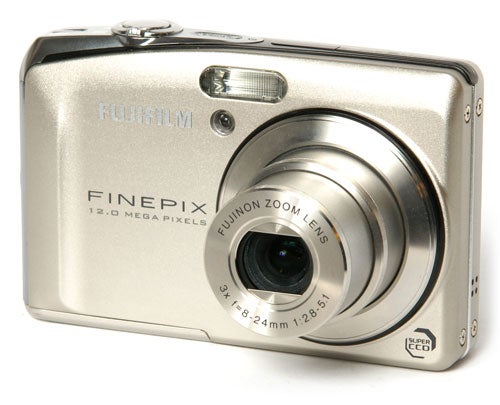
Verdict
Key Specifications
- Review Price: £170.00
Back when everyone was having a go at Fujifilm for exaggerating the resolution of its SuperCCD sensors by using image interpolation, I used to get a lot of press releases and even nice little booklets from them, explaining in great detail how the total megapixel count of a camera’s sensor was of secondary importance to other factors such as lens quality, the size and arrangement of the individual photocells on the sensor and the quality of the image processor. The thing is, although Fuji may have been defending its proprietary technology, its claims were absolutely correct. Simply adding more megapixels does not automatically make a better camera, and in some cases it can actually make things worse. The current crop of 12-megapixel compact cameras are really little more than a marketing gimmick aimed at those who are easily fooled by printing larger numbers on the box. Although it has been repeatedly demonstrated that there is no noticeable advantage in terms of picture quality, and in fact there are several disadvantages in terms of image noise and dynamic range, 12 is more than 10 so it must be better, right? 
It was with some surprise therefore that I learned that Fuji’s new F-series camera was to feature a 12-megapixel sensor. Most of the other manufacturers had already jumped on the 12MP bandwagon, with mixed results, but surely Fuji would resist the temptation? Apparently not, and thus we have the FinePix F50fd, a 3x zoom pocket compact camera with a 12.0-megapixel 1/1.6-inch Super CCD HR VII sensor, a 2.7-inch 230k pixel LCD monitor and a maximum ISO setting of 6400. It is billed as the successor to the popular and highly acclaimed FinePix F31fd, a camera noted for its outstanding low light ability and low image noise at higher ISO settings. This is a bit odd, because I was under the impression that the superb FinePix F40fd was the successor to the F31fd, since it too has outstanding high-ISO performance. The F40fd achieves its remarkable high-ISO image quality thanks to a large 1/1.6-inch 8.3MP SuperCCD HR sensor, with big octagonal photocells capable of capturing a lot more light than most of its rivals. The sensor in the new F50fd is exactly the same physical size, but now has 50 percent more photocells, which presumably means that those photocells are correspondingly 33 percent smaller, and half as good at capturing light. Surely this can’t bode well for the camera’s low light ability.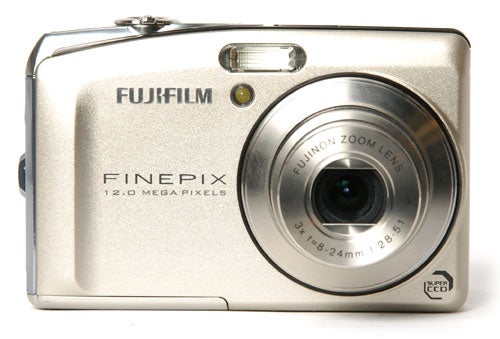
I’ve already reviewed several 12MP compact cameras, and they have ranged from the disappointing to the merely adequate, but none so far have been really outstanding. They have also all been pretty expensive, with the Casio EX-Z1200 currently selling at around £200, the Sony DSC-W200 at around £225, the Panasonic DMC-FX100 at around £260 and the Canon PowerShot G9 at £285. The Fuji F50fd is currently selling for around £170, which does give it something of an advantage over its immediate peers, but it still far from cheap, especially considering that the F40fd is currently selling for around £125.
Whatever my immediate misgivings, there’s no doubt that the F50fd is a nice looking camera. The body design has been completely changed from that of previous F-series models. The new body is somewhat shorter and slimmer, measuring 92.5 x 59.2 x 22.9mm (Fuji’s website has the wrong measurements), although it is exactly the same weight at 155g excluding battery and card. Build quality is as good as ever, with the body being made mainly of steel with chrome and black plastic trim. It is available in black or the anodised silver of my review sample. The front of the body has a subtly sculpted grip on the right, and the position of the main mode dial on the back doubles as a thumbgrip, making the camera very comfortable and secure to hold. The layout of the controls is much the same as the F40fd, with a main mode dial, a D-pad and four buttons. Zoom control is via a rotary bezel around the shutter button.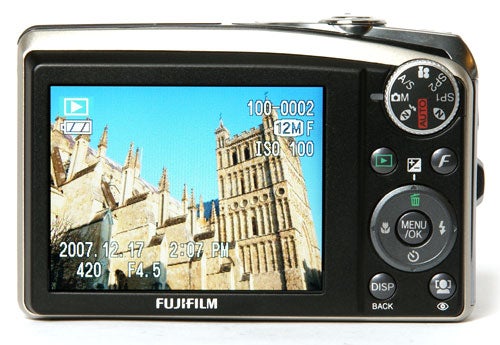
The main shooting modes are also very similar to the F40fd, with a full auto mode in which most of the menu functions are disabled, a “manual” auto mode with full menu functions, two natural light modes, in one of which the flash is disabled, and two scene mode positions, which can be pre-set individually from a selection of 14 scene programs, so you can quickly switch between them. A new feature for the F50fd is the inclusion of aperture and shutter priority modes. Unusually for a compact camera the F50fd actually has a good range of aperture settings, from f/2.8 to f/8 in 1/3EV increments. Shutter speeds of one second to 1/1000th of a second in 1/3EV steps are also selectable.
Face detection is the current mode du jour for digital cameras, so naturally Fuji had to go one better. The F50fd has “Face Detection 2.0”, not to be confused with Web 2.0 or any other trendy marketing buzzwords. It is basically an improved hardware-based face detection system, and it is indeed a little more advanced than some other such systems. Unlike many face detection systems it will recognise faces that are not pointing directly at the camera, even going as far as a profile view, but it is still easily confounded by faces that are partially covered, in strong shadow or wearing larger sunglasses or goggles. It also sometimes mistakes other objects for faces, which can cause it to focus on the wrong part of the frame. As usual with such systems, it has its uses but is not reliable.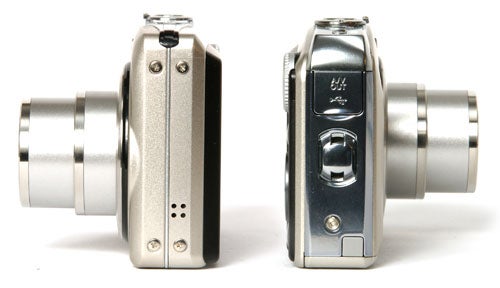
The face detection system overrides exposure metering and AF mode. Switching off face detection gives access to multi-zone, centre weighted or spot metering, as well as centre, continuous or selectable-point autofocus. The F50fd also features Fuji’s version of moving-sensor image stabilisation, which is just as effective as the similar systems used by Olympus, Sony, Pentax and Ricoh. I found it was good for stable hand-held shots down to about 1/20th of a second regardless of focal length. Apart from that, the Fuji doesn’t offer much in the way of creative features. The only colour options are normal, high colour “Chrome” mode and monochrome, but it does have a wide selection of continuous shooting modes, including saving either the first 3 or 12 shots, the final 3 or 12, plus a long-period setting. There are several features in playback mode, including a face-detection automatic red-eye removal function, and a versatile portrait trimming feature.
The F50fd’s overall performance is pretty good. It starts up in just over two seconds, which is fairly quick, and shuts down again in just under two seconds. In single-shot mode the shot-to-shot cycle time is 2.5 seconds, which is actually a little on the slow side. The AF system is fast enough, in fact it is very fast; what slows it down is the image processing and storage, even using a high-speed Type H xD-Picture card. In first-12 continuous mode the camera can shoot off a dozen frames in approximately 2.8 seconds, but it is limited to 3MP (2048 x 1536). The first-3 continuous mode can operate at full 12MP resolution, and shoots its three frames in 1.5 seconds. As I said, the AF system is very quick, focusing almost instantly in good light. However it has a closest-focus distance of approximately 60cm in wide-angle mode and nearly a metre in telephoto mode, and again my own measurements contradict the figures given in the website and spec sheet. The AF system also works well in low light, focusing quickly even in a dimly-lit club or a candle-lit room, and in darkness thanks to an AF assist lamp. Unfortunately however the monitor has serious problems in low light. It has an image enhancement system of sorts, but the resulting monitor view is so noisy as to be almost useless.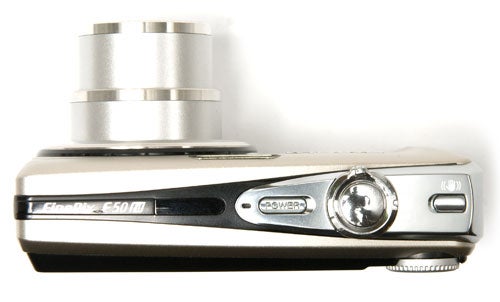
The main selling point of the F31fd and the F40fd was their vastly superior high-ISO and low light performance. Both cameras produce usable images at 1600 ISO, and the F31fd was even usable at 3200 ISO, a performance currently unsurpassed by any other compact camera. Fuji is claiming that the F50fd is the successor to the F31fd, with statements like “class-leading high ISO performance”, but I’m afraid the results simply don’t back up this claim. While the image quality at 100 ISO is very good, even at 200 ISO there is evidence of image noise, and at 400 ISO is is already having a serious effect on colour rendition and detail, as the heavy-handed noise reduction system goes to work. The camera has a maximum ISO setting of 6400, but only at 3MP (2048 x 1536), or 3200 at 6MP (2848 x 2136), but frankly the image quality at these settings is so poor that they are virtually useless. The highest full-res setting is 1600 ISO, but even at this setting it doesn’t even come close to the quality of the F40fd. In fact it is roughly the same as the high-ISO performance of the other 12MP compacts. This is a great pity, because in all other respects the F50fd’s image quality is very good. The lens produces very good edge-to-edge sharpness with minimal distortion or chromatic aberration, and even the old Fujifilm bugbear of purple fringing is almost completely absent. Focusing, exposure and colour reproduction are all up to the usual very high standard, although also in common with the other 12MP compacts, dynamic range is rather limited and shadows do look very murky. The Fuji FinePix F40fd my pick for the compact camera of the year 2007, and so I had high hopes for the F50fd. I am very disappointed that Fuji has chosen to throw away the one thing that made the F31fd and F40fd special in favour of the pointless marketing-led pursuit of ever more megapixels.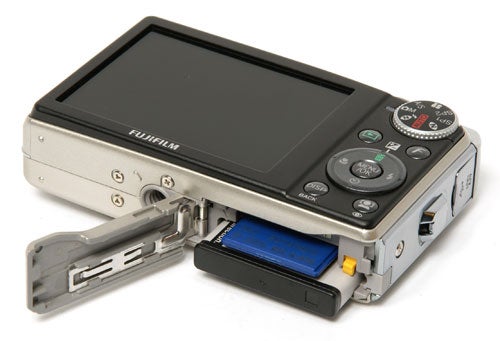
”’Verdict”’
While the F50fd is by no means a bad camera, and indeed it performs as well as any of the other 12MP compacts on the market while undercutting most of them on price, it has lost the low-light, high-ISO advantage of the F31fd and F40fd. It is still a very well made and sensibly designed compact camera with some useful features, and at low ISO settings its image quality is very good, but it doesn’t stand out from the crowd.
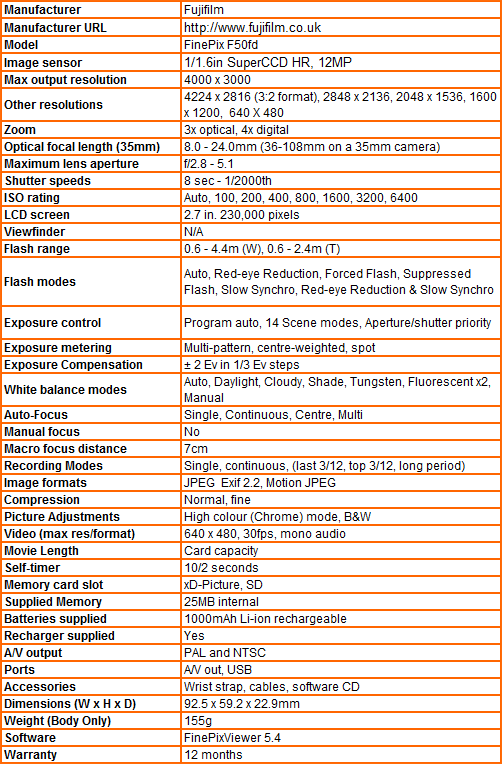
”A range of test shots are shown over the next few pages. Here, the full size image at the minimum ISO setting has been reduced for bandwidth purposes to let you see the full image, and a series of crops taken from original full resolution images at a range of ISO settings have been placed below it in order for you to gain an appreciation of the overall quality.”
—-
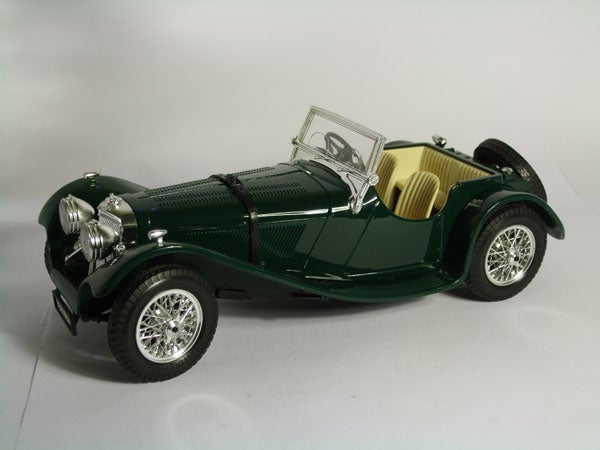
This is the full frame at minimum ISO.
—-
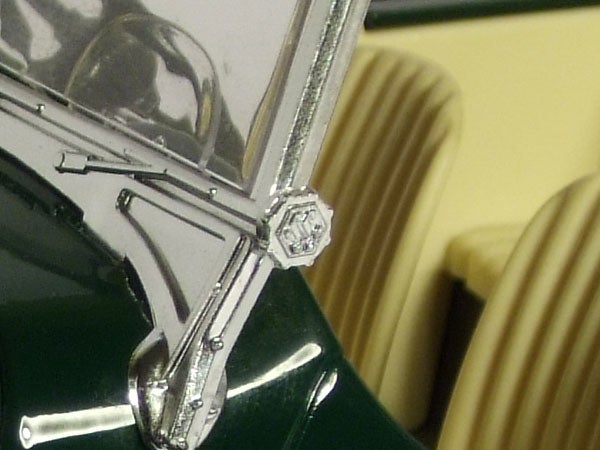
At 100 ISO the F50fd performs very well, with clean well-detailed high resolution images.
—-
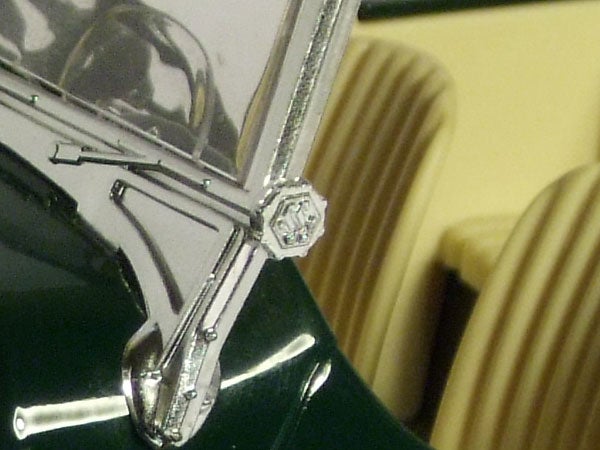
At 200 ISO there is already evidence of the noise reduction system kicking in, with some speckling in the darker areas.
—-
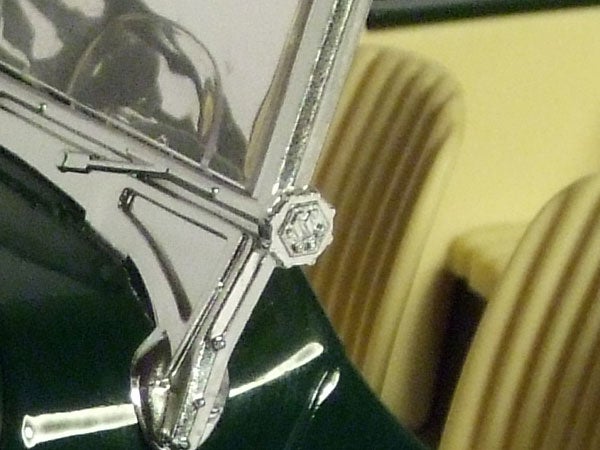
At 400 ISO there is more speckling and the colour is starting to look blotchy.
—-
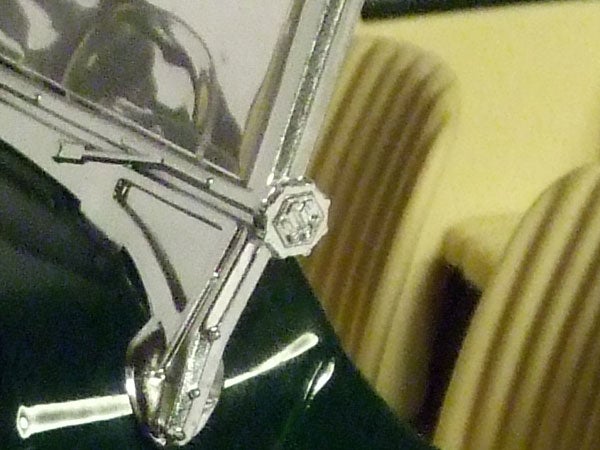
Fine detail is starting to break down at 800 ISO due to the noise reduction processing.
—-
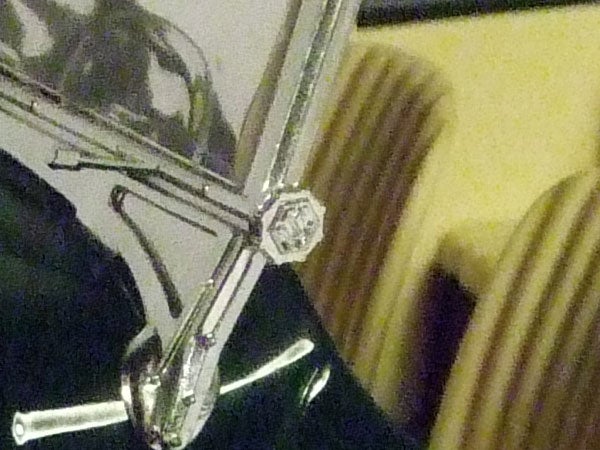
1600 ISO is the highest full-res setting, but image quality is no better than most other 12MP compacts.
—-
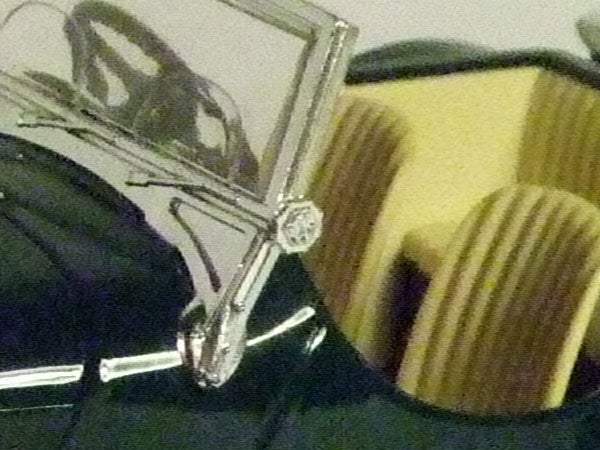
3200 ISO is available at 6MP resolution, but image quality is poor.
—-
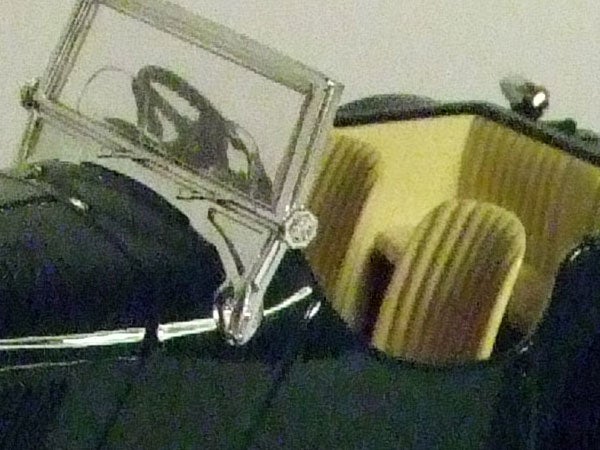
6400 ISO is available at 3MP resolution, but it is practically unusable.
—-
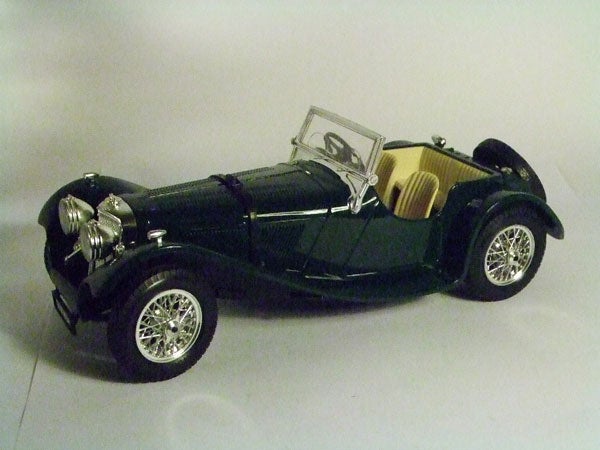
This is the full frame at maximum ISO.
—-
”A range of test shots are shown over the next two pages. Here, the full size image has been reduced for bandwidth purposes, and in some case a crop taken from the original full resolution image has been placed below it in order for you to gain an appreciation of the overall quality.”
—-
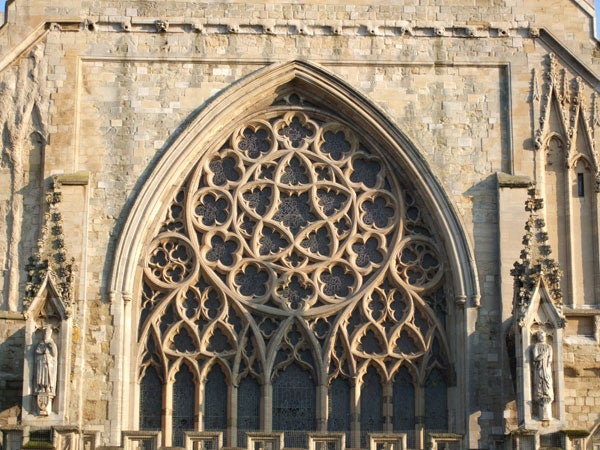
Here’s usual detail test shot. See below for a full res crop, or click to see the whole picture.
—-
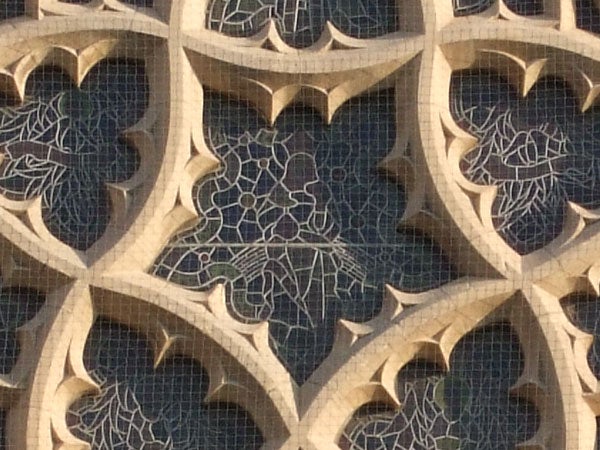
The image quality at full resolution is extremely good, with an amazing level of detail.
—-
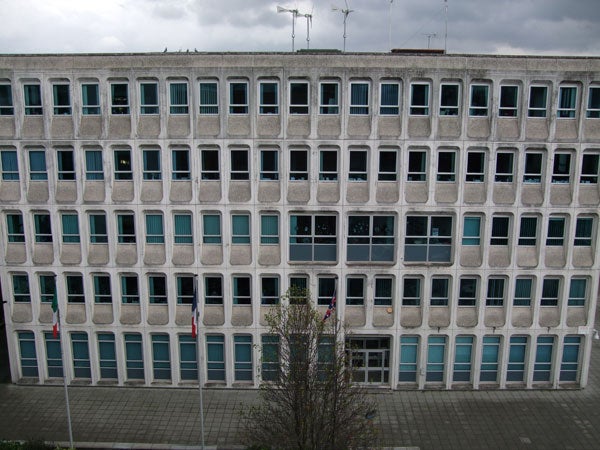
The F50fd’s lens is very good, producing very little barrel distortion at wide angle.
—-
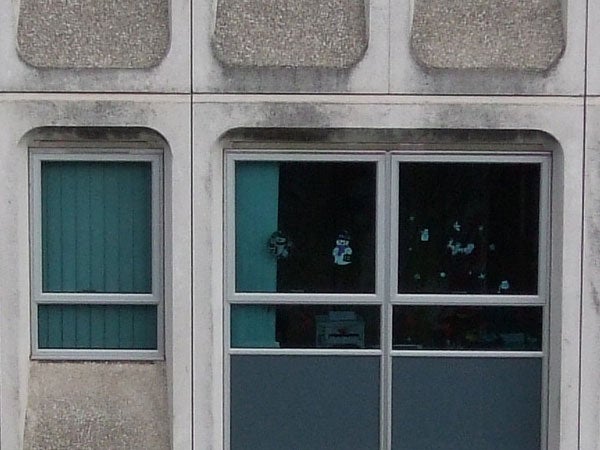
The centre-frame sharpness is excellent.
—-
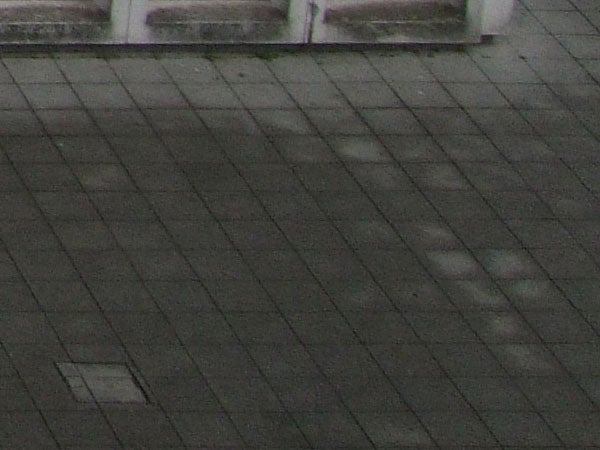
Corner sharpness is also excellent, with little chromatic aberration.
—-
”A range of test shots are shown over the next two pages. Here, the full size image has been reduced for bandwidth purposes, and in some case a crop taken from the original full resolution image has been placed below it in order for you to gain an appreciation of the overall quality.”
—-

The wide angle end is equivalent to 36mm. The shadows are a bit murky though.
—-

The telephoto end is equivalent to 108mm.
—-

Low light focusing is quick and accurate, but the image quality isn’t a patch on the F31fd or F40fd.
—-
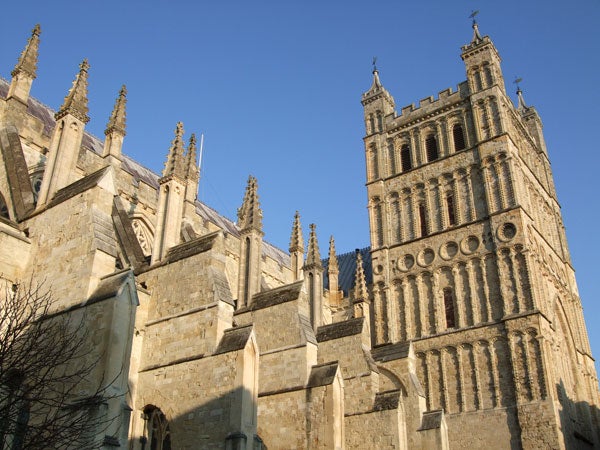
Colour reproduction and exposure are excellent.
—-
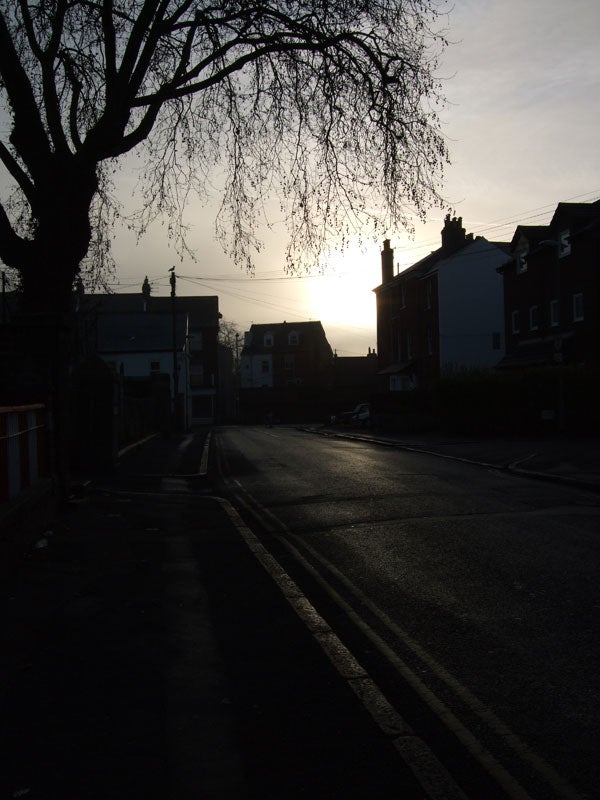
The limited dynamic range of the overcrowded sensor is a big disadvantage.
—-
Trusted Score
Score in detail
-
Value 8
-
Image Quality 7
Features
| Camera type | Digital Compact |
| Megapixels (Megapixel) | 12 Megapixel |
| Optical Zoom (Times) | 3x |

